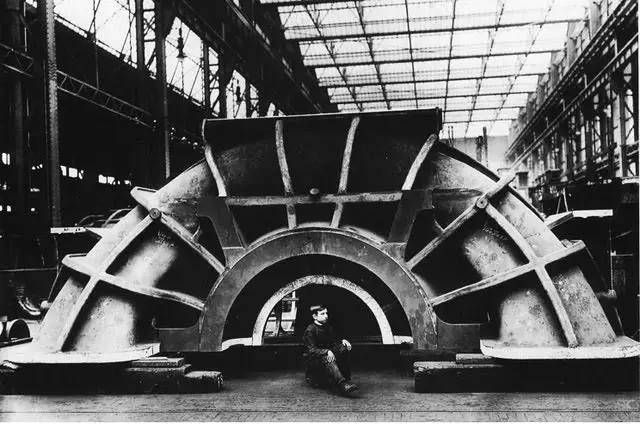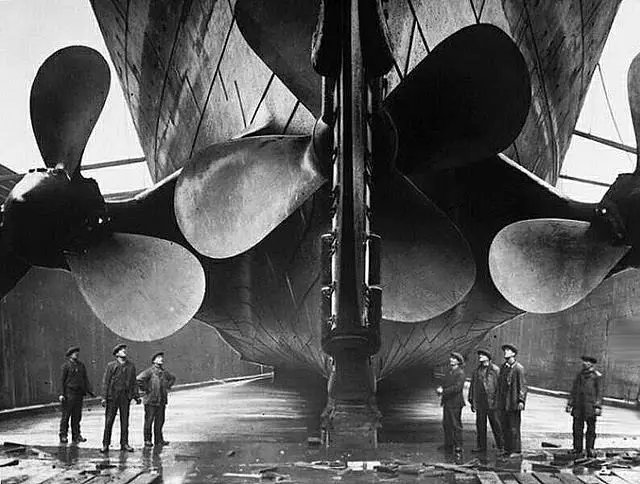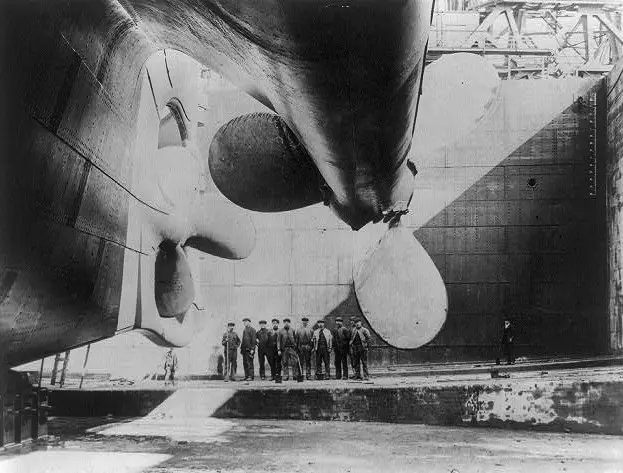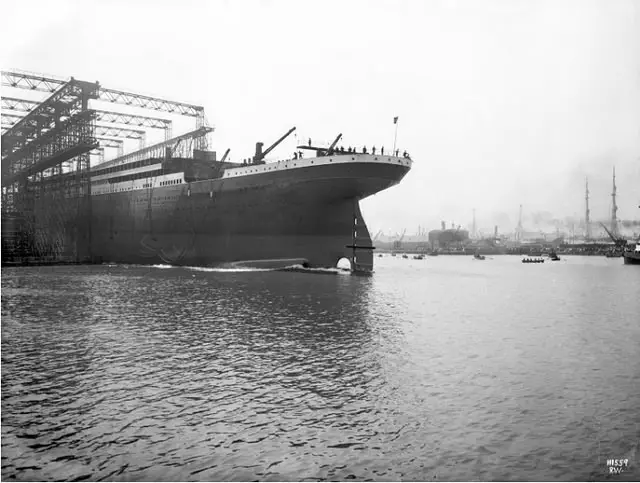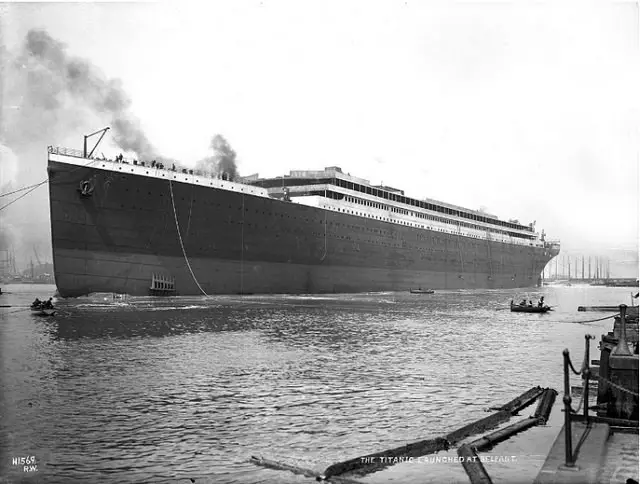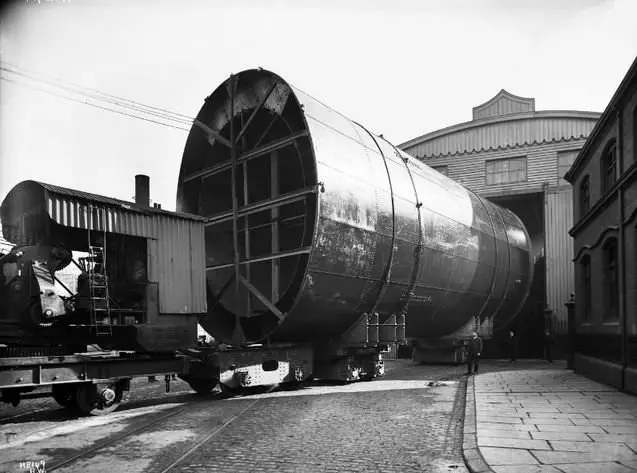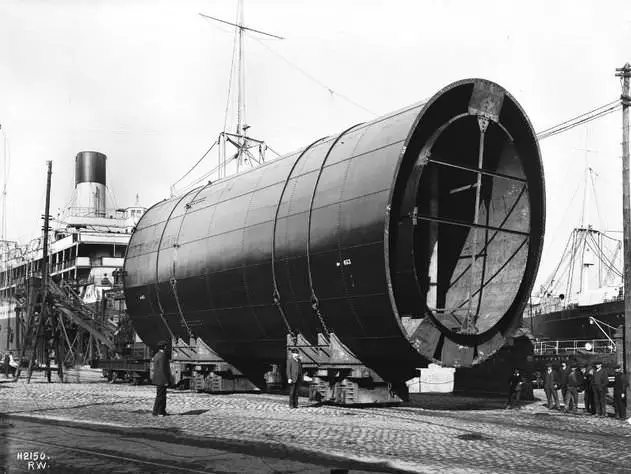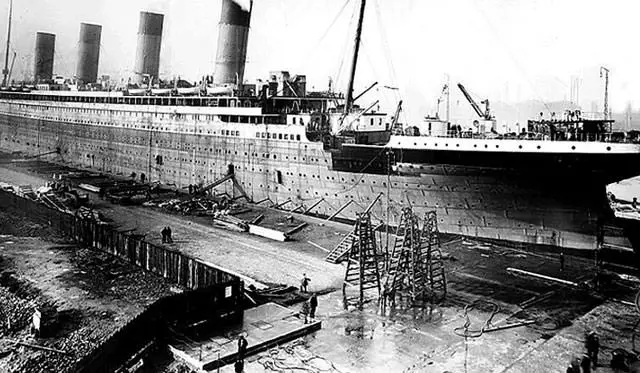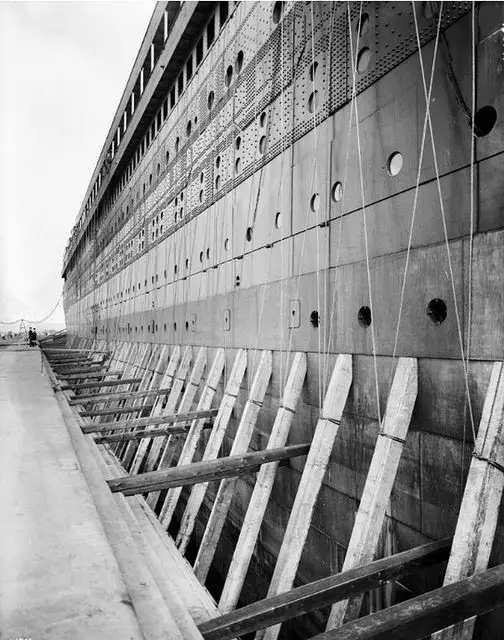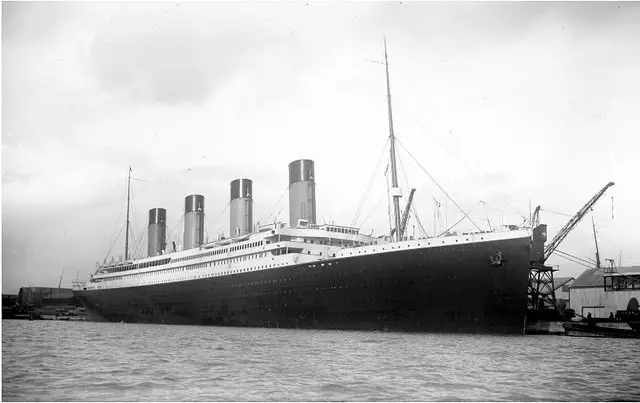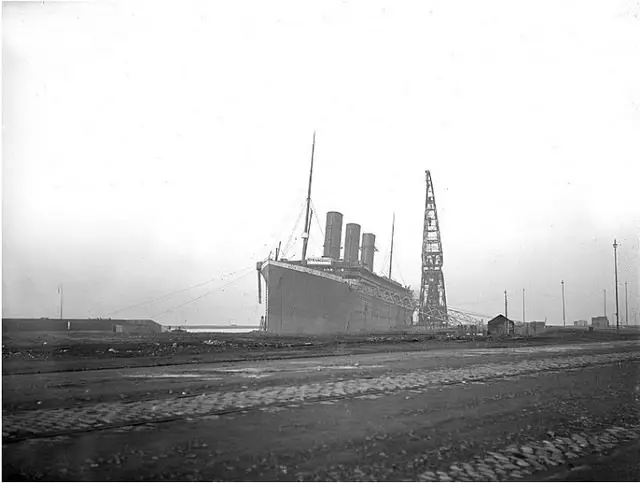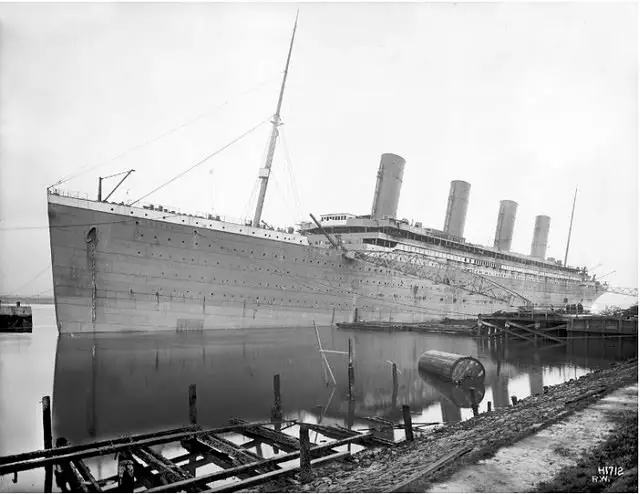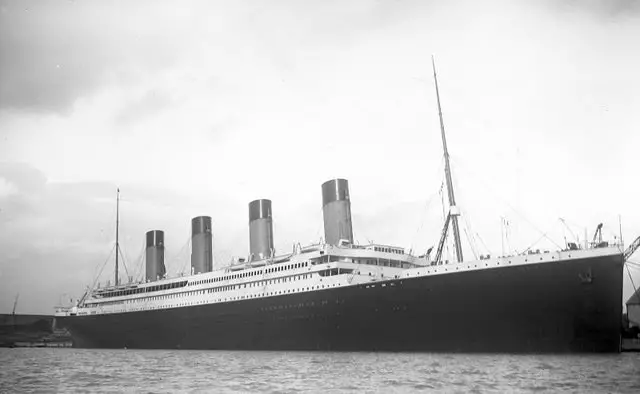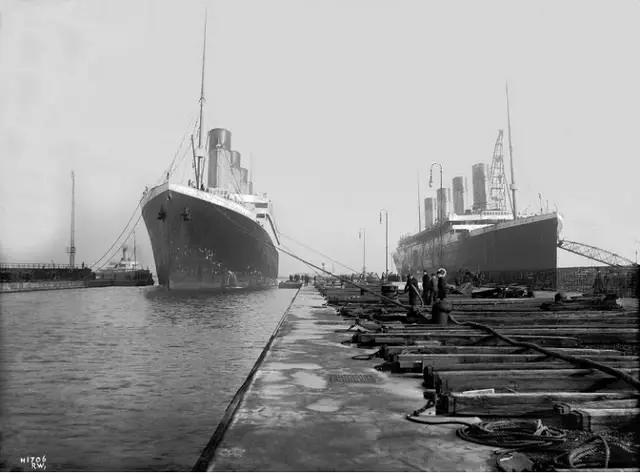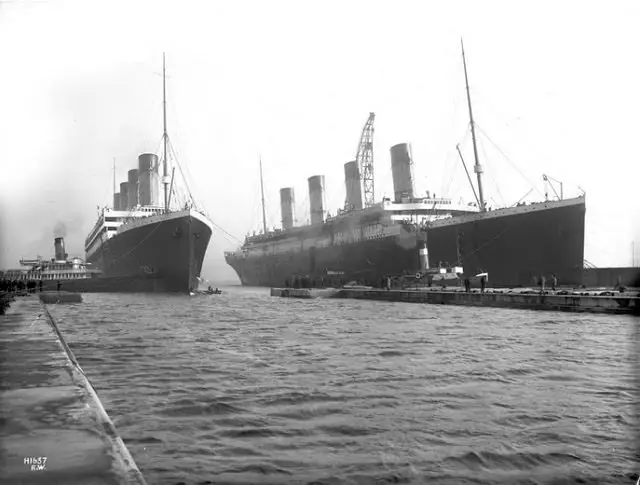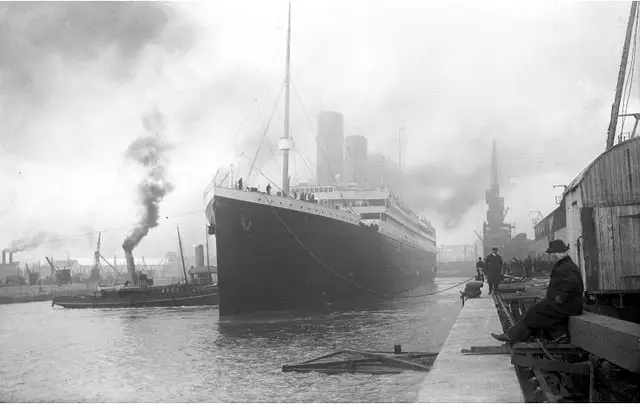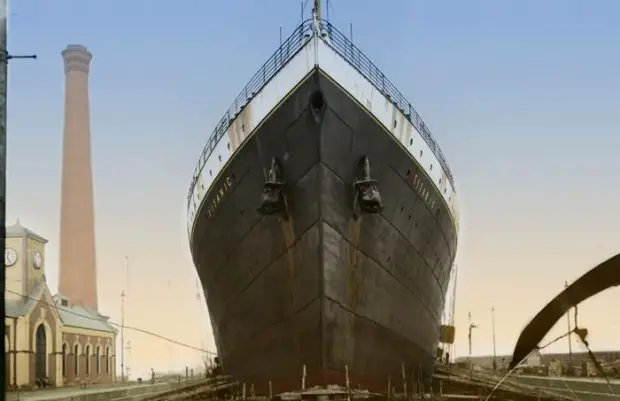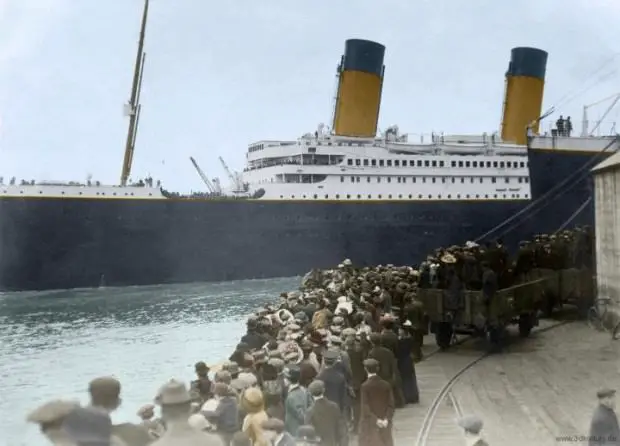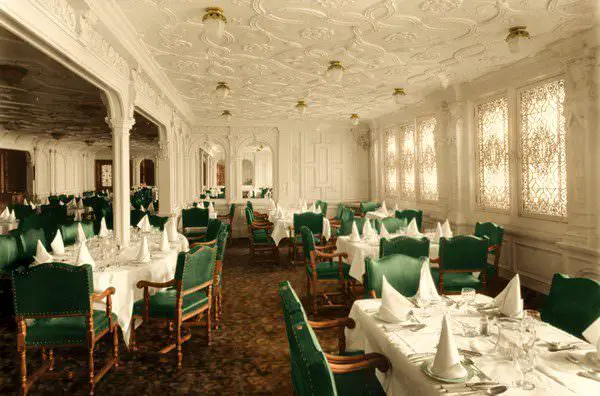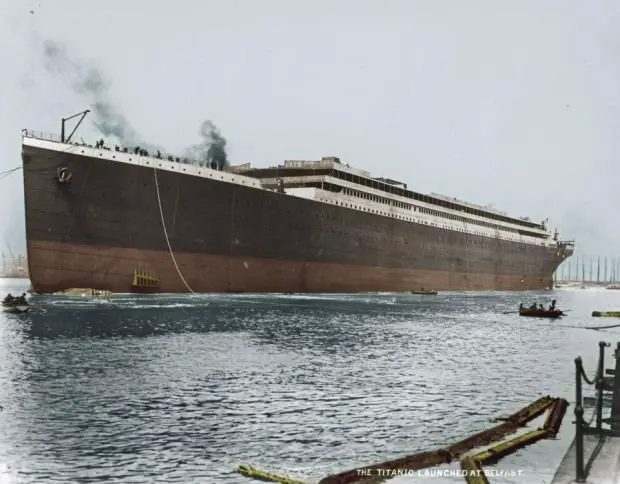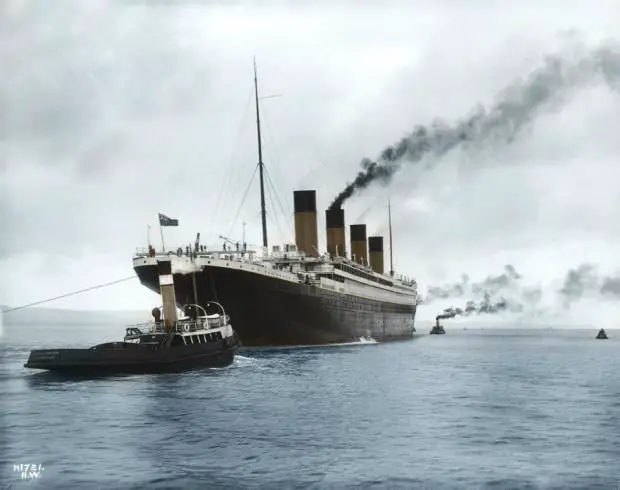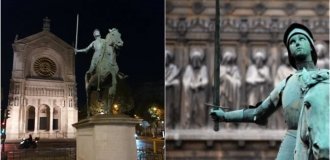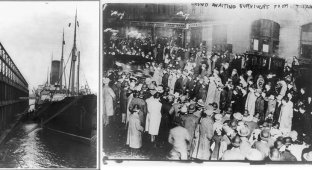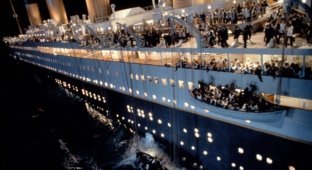The history of the "Unsinkable": how the "Titanic" was built (44 photos)
There is probably no person who has not heard about the tragedy the British passenger liner Titanic, which sank on April 15, 1912 years after the iceberg hit. The ship that was designed and positioned as unsinkable, went to the bottom during its first flight. But we will tell not about how he ended his days, but about how it all started. 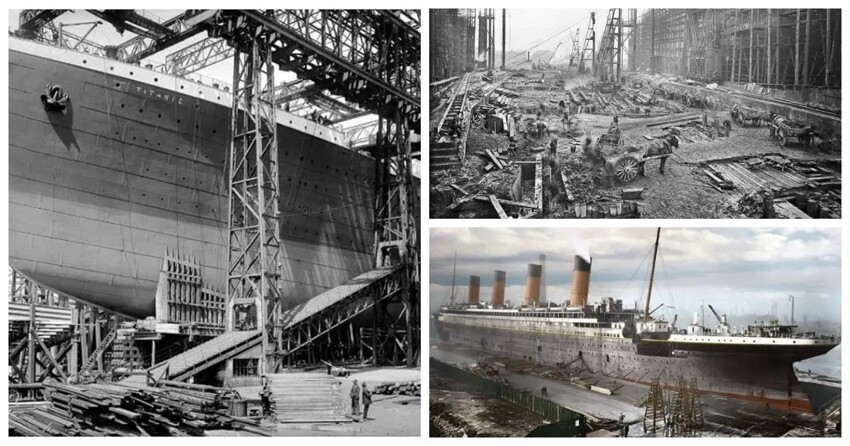
Construction of the Titanic began in 1909 at the Harland and Wolff shipyard in Belfast, Ireland. 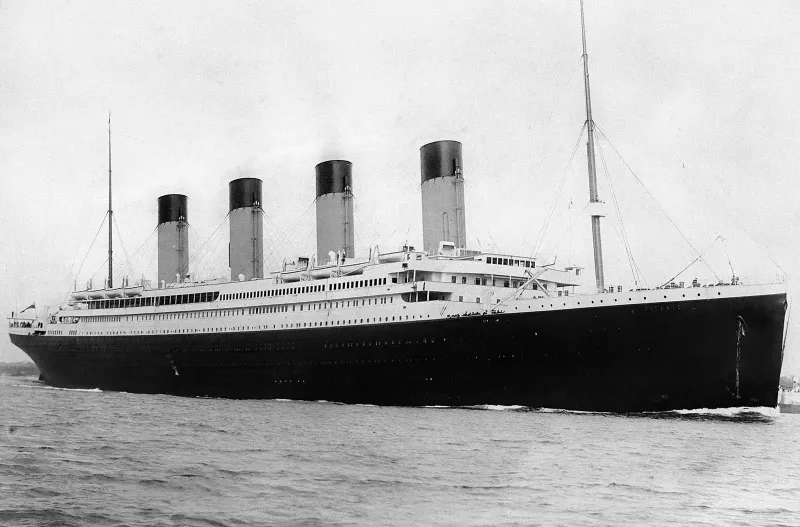
Passenger liner designed by the Navy architect Thomas Andrews, was to be the largest and luxury ship of its time. 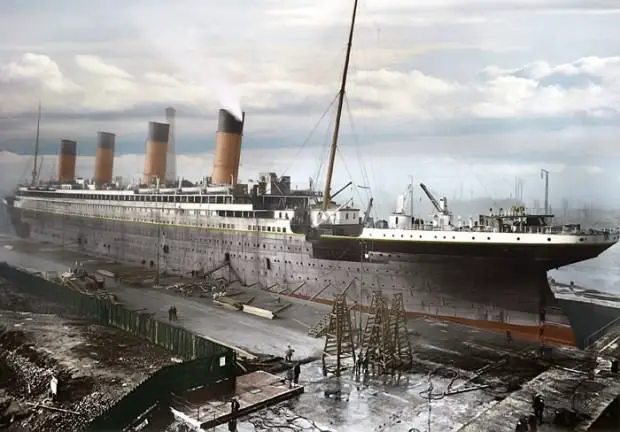
The Titanic was built using a combination of steel and gland. The ship had 16 compartments, separated by bulkheads, which can be was closed in case of emergency. 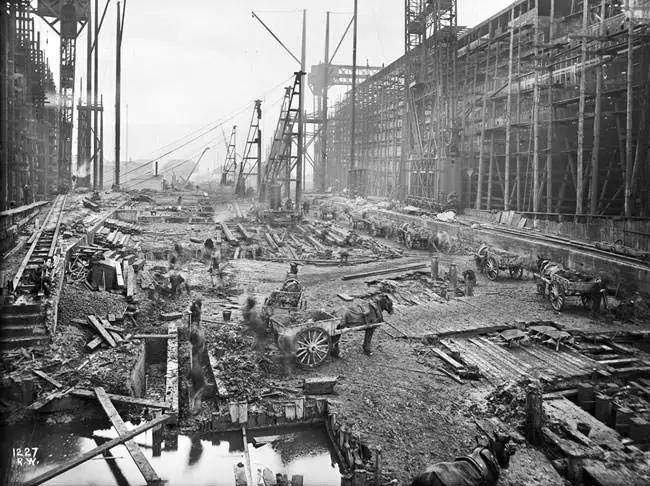
This was supposed to make it unsinkable. However it was later determined that the bulkheads were not high enough to prevent water flooding of several compartments in the event of a hole in sheathing. 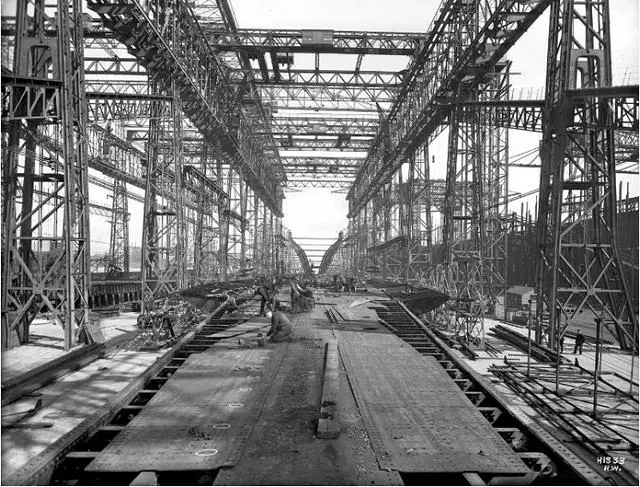
The Titanic had several decks. The tallest - boat deck; lifeboats were located on it. The rest - promenade deck where passengers could walk and get some air first class; bridge deck, on which the bridge was located, the wheelhouse and officers' cabins, and the lower deck, where cargo and third class passengers. 
On board the Titanic there were all the attributes of a pleasant stay: swimming pool, gym, Turkish bath, as well as several restaurants and cafe. First class passengers had access to private boardwalks and luxury apartments. Second class passengers had access to comfortable cabins and public areas, and passengers of the third class - to common areas and simpler cabins, in the style hostels. 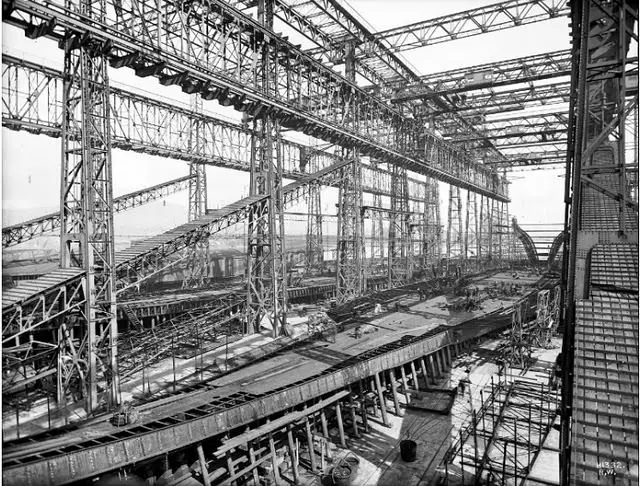
The vessel was built using a combination of traditional methods and the latest technologies of the time. When creating a corpus riveting was used: large steel plates were fastened with iron rivets. The decks and superstructures of the ship were made of wood, and the cabins and public spaces were decorated with decorative panels and made custom furniture. 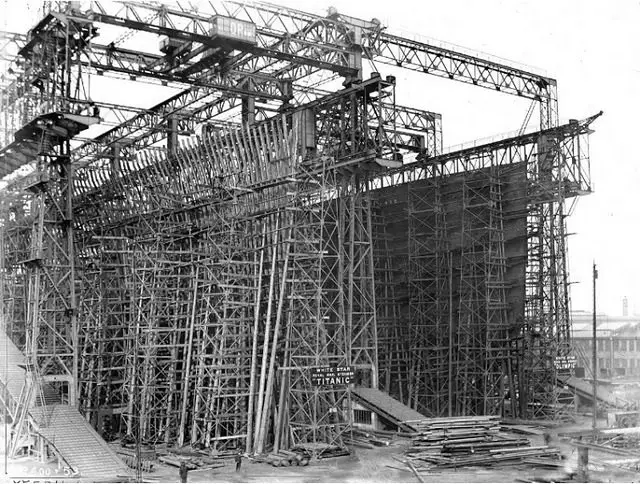
The Titanic was equipped with 29 boilers and steam engines. triple expansion, which could generate a total power of 46,000 Horse power. This power was used to drive propellers and could reach a maximum speed of about 23 knots. 
Also, the Titanic had a system of watertight doors, which could be closed remotely in case of an emergency, which was supposed to slow down the sinking of the ship. However, during the crash the system failed because the watertight doors did not close fast enough. 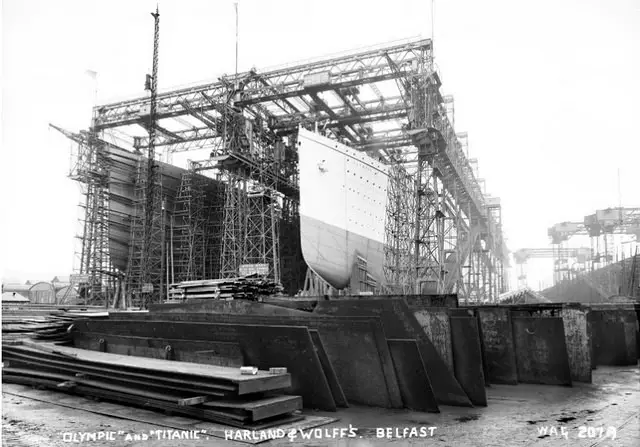
The Titanic had 20 lifeboats designed to carry 1178 people. However, at the time of the sinking, there were 2223 passenger and crew, so there were not enough lifeboats for everyone. 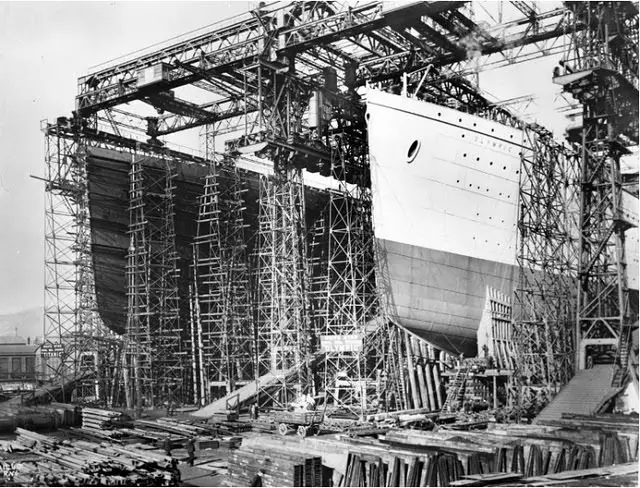
The Titanic used triple triple steam engines. expansion, which means that the steam expanded in three stages to energy production. At that time, this type of engine was widely used on ships as it was more efficient than steam engines earlier types. 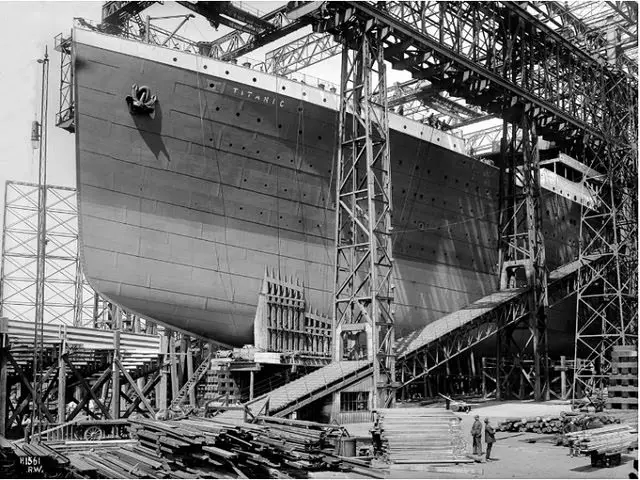
The engines were located in the engine room at the rear. liner and were under the control of engineers and other crew members. The main components of the system were boilers, the engines themselves and propellers. screws. The boilers produced steam, which was then sent to the engines. The engines used steam to power the poresshney, which, in turn, set the propellers in motion. 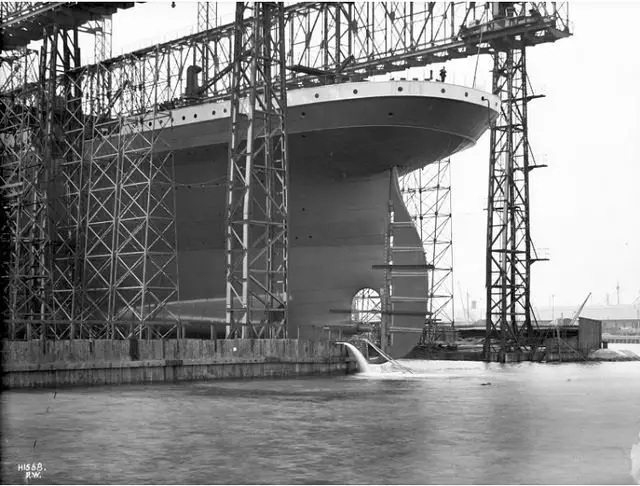
The boilers worked on coal and were located in the boiler room. After them supervised by a team of firefighters and workers who were responsible for fueling the boilers and maintaining the desired steam pressure. 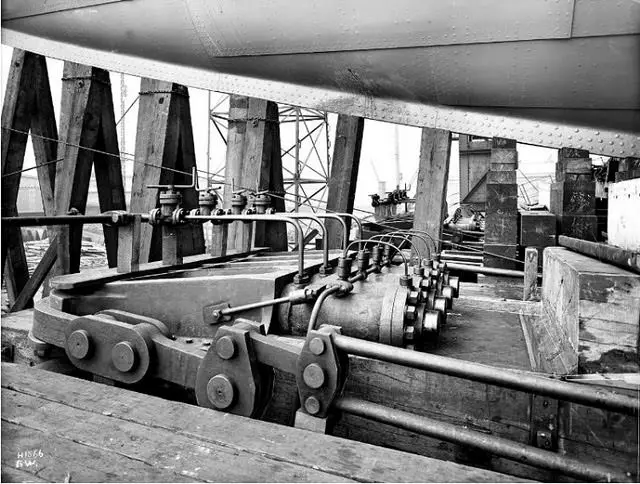
For trouble-free operation and maintenance engines and other mechanical systems on the ship, the team answered engineers. It was headed by a chief engineer who was responsible for overseeing all mechanical systems of the ship. 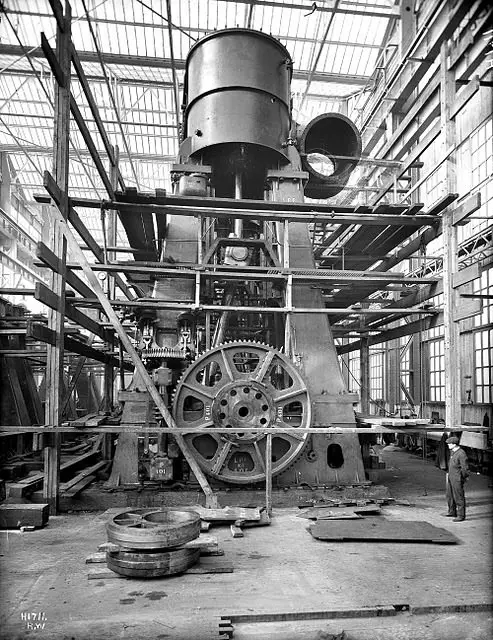
The navigation of the ship and the general operation of the ship was carried out by a separate team of officers and crew members, which included captain, navigator and watch officers. The vessel was also equipped crew of stewards and other personnel responsible for comfort and passenger safety. In total, there were about 860 people on the Titanic. crew. 
On April 14, 1912, the Titanic hit an iceberg and began collect water. Despite the efforts of the crew to keep the ship afloat, The Titanic sank early on the morning of April 15, 1912, with the loss of over 1,500 lives. 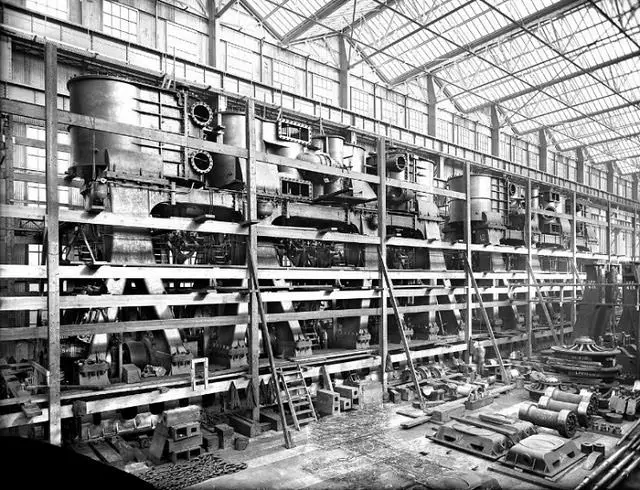
The crash was due to a combination of a number of factors. Among the main ones can be called the lack of lifeboats, the lack of crew of trained emergency skills and the inability of the crew to foresee the potential risk associated with icebergs. 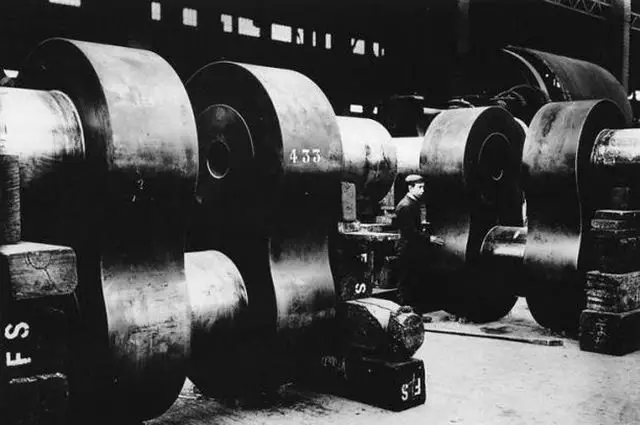
The sinking of the Titanic was one of the deadliest peacetime maritime disasters in history and led to changes in maritime laws and regulations, including the requirement for ships to have enough lifeboats for all passengers and members crew. 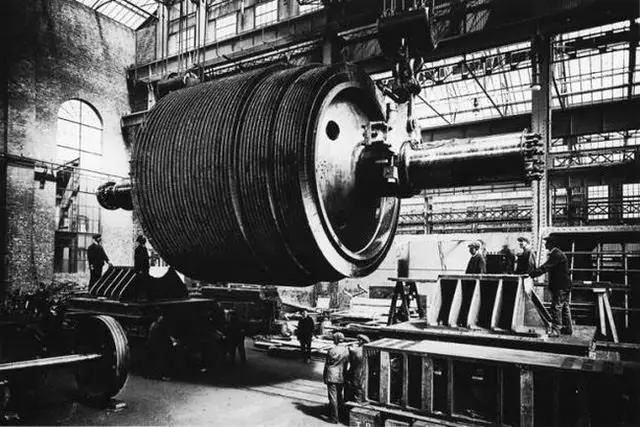
The wreckage of the Titanic was discovered in 1985. About this theme Many books have been written and many documentaries have been made. And in 1997 director James Cameron made a feature film that became incredibly famous and won an Oscar for Best Picture. 